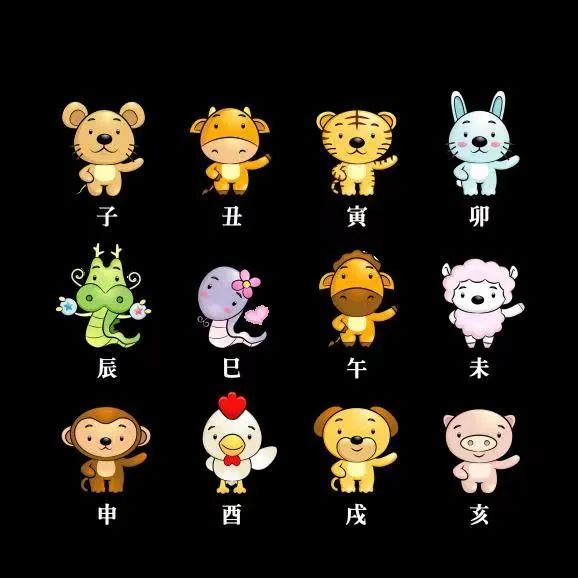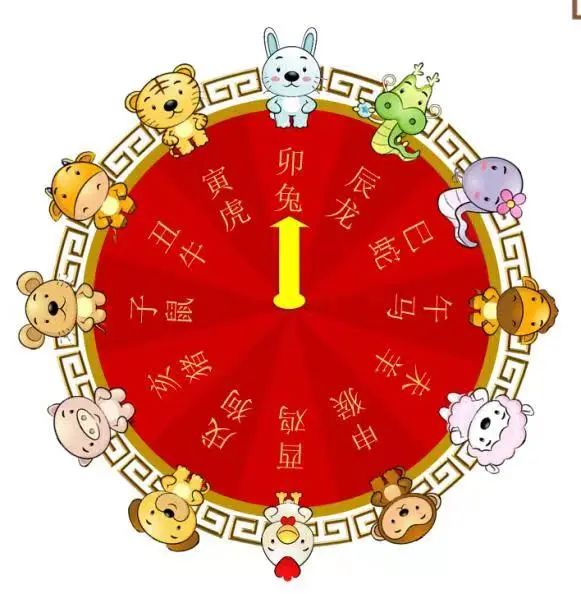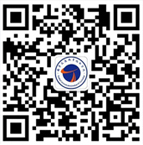
Auther:2023-11-29

It is a folk tradition in China to use one animal to symbolize the year of birth of a person. Shuxiang , also called shengxiao (any of the 12 animals representing the Earthly Branches), is a traditional way in China to number the years and to record a person's age.
Under the Gregorian calendar commonly used in the world, the year can be expressed by the progression since the start of the Christian era (e.g. 2002 AD). But the Chinese lunar calendar numbers the years in a different way. Ancient Chinese people invented a method to designate years by the Heavenly Stems and Earthly Branches. The Heavenly Stems consist of ten words: jia (Heavenly Stem One), yi (Heavenly Stem Two), bing (Heavenly Stem Three), ding (Heavenly Stem Four), wu (Heavenly Stem Five), ji (Heavenly Stem Six), geng (Heavenly Stem Seven), xin (Heavenly Stem Eight), ren (Heavenly Stem Nine), and gui (Heavenly Stem Ten). And the Earthly Branches are composed of 12 words: zi (Earthly Branch One), chou (Earthly Branch Two), yin (Earthly Branch Three), mao (Earthly Branch Four), chen (Earthly Branch Five), si (Earthly Branch Six), wu (Earthly Branch Seven), wei (Earthly Branch Eight), shen (Earthly Branch Nine), you (Earthly Branch Ten), xu (Earthly Branch Eleven), and hai (Earthly Branch Twelve). Combining each of the 10 Heavenly Stems with one of the 12 Earthly Branches in sequence creates 60 chronological symbols; for example, jiazi (Heavenly Stem One and Earthly Branch One), yichou (Heavenly Stem Two and Earthly Branch Two),bingyin (Heavenly Stem Three and Earthly Branch Three), etc. These 60 symbols are used in circles and thus each year has a chronological symbol. For example, 2001 corresponds to xinsi , 2002 to renwu in the Chinese lunar calendar. Later, people used 12 animals (rat, ox, tiger, rabbit, dragon, snake, horse, sheep, monkey, rooster, dog and pig) to correspond to the 12 Earthly Branches, forming the 12 Symbolic Animals, namely, Earthly Branch One—Rat, Earthly Branch Two—Ox, Earthly Branch Three—Tiger, Earthly Branch Four— Rabbit, Earthly Branch Five—Dragon, Earthly Branch Six—Snake, Earthly Branch Seven—Horse, Earthly Branch Eight —Sheep, Earthly Branch Nine—Monkey, Earthly Branch Ten—Rooster, Earthly Branch Eleven—Dog, and Earthly Branch Twelve—Pig. Thus the zi year is the Year of the Rat, and the chou year is the Year of the Ox, and the yin year is the Year of the Tiger, etc.. In this way, everyone has had an animal as his shuxiang since his birth. Those born in a zi year belongs to the sign of the Rat, those born in a chou year the Ox, and those in a yin year the Tiger, and so on.

Chinese people are still used to numbering the years and their age with shuxiang , although they have adopted the Gregorian calendar in the meantime. As long as a person's probable age and his symbolic animal are known, people can infer his exact age and year of birth.
The shengxiao culture has a long history in China. People not only number years with the 12 signs of shengxiao , but also endow them with different significations. For example, the dragon signifies sageness, the ox diligence, the horse ambitiousness, the rat alertness, the dog loyalty, the rabbit kindness, the pig honesty, the sheep docility, the tiger prowess, the monkey wisdom, the rooster nobility, and the snake auspiciousness. For example, when the horse year comes, people would wish everything could be accomplished instantly; and when a child is born in the tiger year, its parents would wish it be vigorous and lively. So to speak, the function of shengxiao expresses the Chinese people's expectations for love, life, health and career, and shengxiao signs themselves have become the symbols of totem culture for reunion, harmony, peace, health, happiness and successes.

